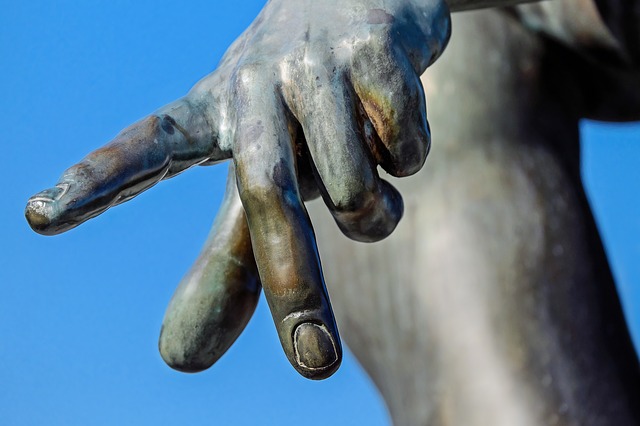Gestures, Peirce, and the French philosophy of mathematics
DOI :
https://doi.org/10.13130/2240-9599/11109Résumé
The idea of ‘gesture’ is present in the philosophical world in various forms. All of them might find an important theoretical grounding in pragmatist philosophy, if we combine pragmatism with some French philosophies of mathematics and read it as a way out of the Kantian philosophy of representation. The paper uses the insights of Jean Cavaillès (1903-1944) to set out the problem of the weakness of the epistemic Kantian defense of mathematical and logical thought. Cavaillès rejected the possible amendments to Kant’s explanation provided by both Husserl and Bolzano and their heirs. He used the word ‘gesture’ in order to explain the activity of mathematicians who have to act synthetically, following rules, with some physical representation, and being aware of the possibility of failure. Cavaillès conceived the use of gesture as an alternative to the Heidegerian idea of event defended by Albert Lautman. The paper then follows the idea of gesture in the French philosophy of mathematics of Gilles Châtelet and Giuseppe Longo. Finally, the paper illustrates how Peirce’s study of Existential Graphs and the main insights of pragmatism complete Cavaillès’s idea by giving to gestures a phenomenological and semiotic structure. The pragmatist philosophy of gesture is thus a new way of overthrowing Kant’s philosophy of representation without surrendering to irrationalism.
Références
Bonaventura da Bagnoregio, 1994: Itinerario della mente verso Dio, Milano, BUR.
Calcaterra R.M., 2016: Filosofia della contingenza. Le sfide di Richard Rorty, Milano, Marietti 1820.
Calcaterra R.M., Maddalena, G., Marchetti, G. (eds), 2015: Il pragmatismo. Dalle origini agli sviluppi contemporanei, Roma, Carocci.
Cavaillès J., 1994: Oeuvres completes, Paris, Hermann.
Cavaillès J., 2008: Sur la logique et la théorie de la science, Paris, Vrin.
Châtelet G., 2010: L’enchantement du virtuel, Paris, Éditions Rue d’Ulm.
Dreon R., 2019 (forthcoming): A Pragmatist View of Emotions. Tracing its Significance for the Current Debate, in Candiotto L. (ed.), The Value of Emotion for Knowledge, Basingstoke, Palgrave.
Ferraris M., 2016: Emergenza, Torino, Einaudi.
Formis B., 2010: Estétique de la vie ordinarie, Paris, PUF.
Gerner A., Mittelberg I. (eds.), 2019 (forthcoming): Body diagrams. On the Epistemic Kinetics of Gesture, Lisboa, Aaachen.
Hanna R., 2001: Kant and the Foundations of Analytic Philosophy, Oxford, Clarendon Press.
Kant I., 1996 [1781–87]: Critique of Pure Reason: Unified Edition, Indianapolis, Cambridge, Hackett Publishing Company.
Kirkkopelto E., 2010: “On the Structure of the Scenic Encounter”, The Event of Encounter in Art and Philosophy. Continental Perspectives, Kuisma Korhonen & Pajari Räsänen (ed.), Gaudeamus Helsinki University Press, pp. 69-96.
Longo G., 2016: Le conseguenze della filosofia, in Lanfredini R., Peruzzi A., A Plea for Balance in Philosophy, Pisa, ETS, pp. 17-44.
Maddalena G., 2015: The Philosophy of Gesture, Montreal, McGill-Queen’s University Press.
Peirce C.S., 1931-5/1958: Collected Papers (8 vols.), edited by C. Hartshorne, A. Burks, P. Weiss, Cambridge (Mass.), Harvard University Press. (Cited as CP)
Rorty R., 1979: Philosophy and the mirror of Nature, Princeton, Princeton University Press.
Zalamea F., 2010: Los graficos existenciales peirceanos, Bogotà, Universidad Nacional de Colombia.
Zalamea F., 2012: Synthetic Philosophy of Contemporary Mathematics, New York, Urbanomics.
Zalamea F., 2019 (forthcoming): Mathematical creativity in the French tradition and the embodiment of abstract gestures, in Gerner A., Mittelberg I. (eds.), Body diagrams. On the Epistemic Kinetics of Gesture, Lisboa, Aaachen.



